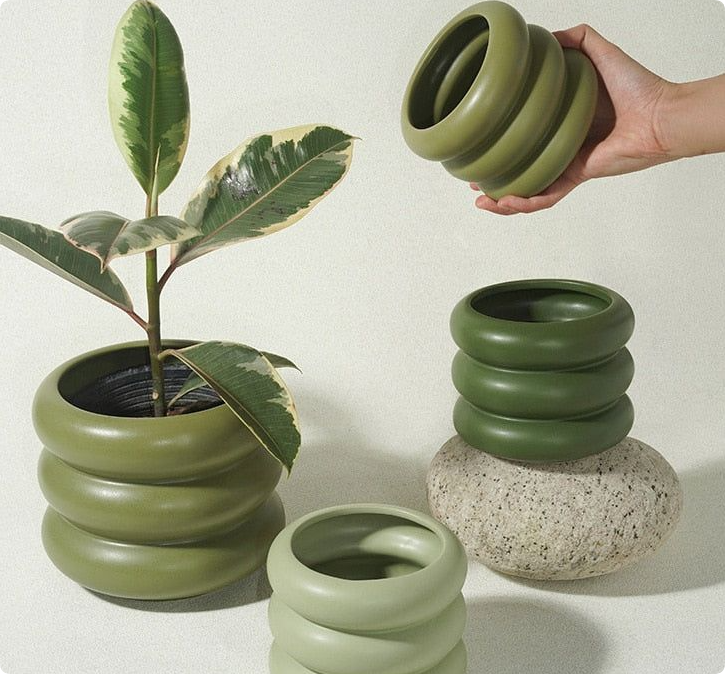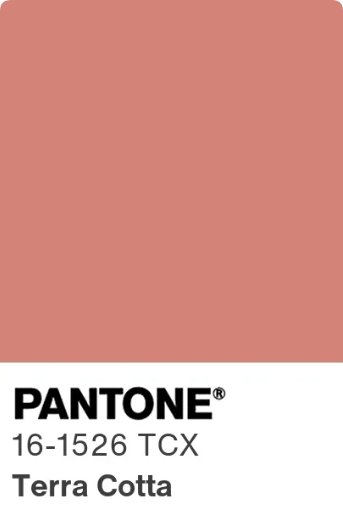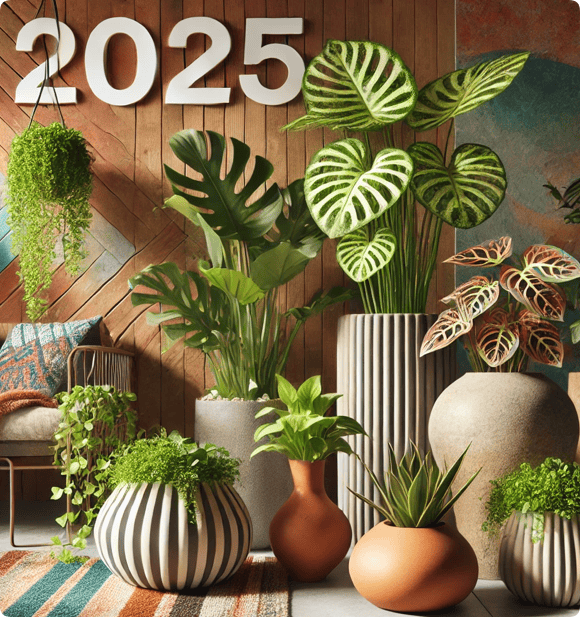In the world of home and garden décor, ceramic planters have become a centerpiece for creating serene, natural environments. Among the many trends shaping this industry, earthy tones are taking center stage. From soft beige to terracotta, these hues not only complement plants but also resonate with a broader consumer desire for organic and timeless aesthetics.
This blog explores the reasons behind the popularity of earthy tones in ceramic planters, highlights color trends, provides insights into leading brands, and answers frequently asked questions about this booming design trend.
The Rise of Earthy Tones in Ceramic Planters
The dominance of earthy tones in ceramic planter designs stems from several factors:
- Biophilic Design Trends
Consumers are increasingly drawn to designs that bring nature indoors. Earthy tones, such as terracotta (Pantone 16-1526) and olive green (Pantone 18-0533), mirror the colors of natural landscapes, enhancing the connection between plants and their containers. - Sustainability and Minimalism
The simplicity of earthy tones aligns with minimalistic and eco-friendly lifestyles. These colors have a calming effect and promote a clutter-free, harmonious environment. - Versatility Across Styles
Whether your customers favor rustic, modern, or eclectic aesthetics, earthy tones are versatile enough to suit any décor.
Key Earthy Tones to Watch for in 2025
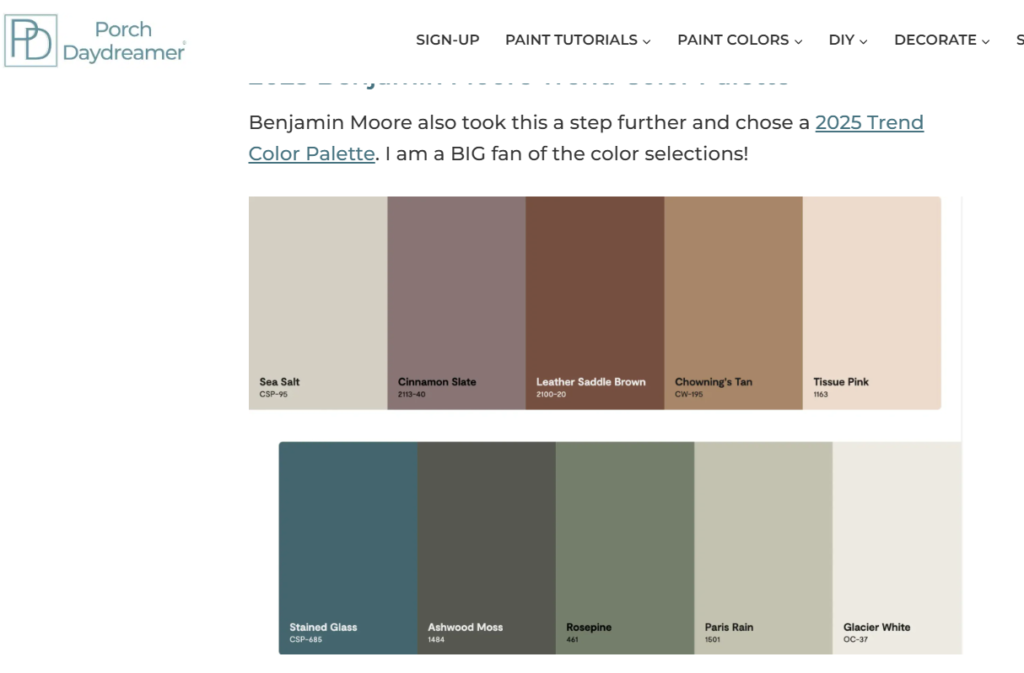
1. Terracotta (Pantone 16-1526)
This classic earthy shade exudes warmth and pairs beautifully with vibrant greens. Its timeless appeal ensures it remains a bestseller.
2. Beige Sand (Pantone 13-0919)
A neutral and calming choice, beige sand works well in minimalist and Scandinavian-inspired spaces.
3. Muted Olive Green (Pantone 18-0533)
This color reflects nature’s richness and provides a subtle yet impactful contrast against colorful flowers or succulents.
4. Burnt Umber (Pantone 18-1441)
For a bold statement, burnt umber offers a deep, earthy vibe that stands out in contemporary settings.
5. Stone Gray (Pantone 14-4102)
Elegant and understated, stone gray complements a wide range of plant types and home interiors.
Table: Comparison of Earthy Tones in Ceramic Planters
| Color | Pantone Code | Best For | Design Style | Plant Pairings |
|---|---|---|---|---|
| Terracotta | 16-1526 | Cactus, succulents | Rustic, Mediterranean | Greenery with vibrant blooms |
| Beige Sand | 13-0919 | Orchids, ferns | Minimalist, Scandinavian | Neutral-colored foliage |
| Muted Olive Green | 18-0533 | Herbs, small shrubs | Natural, earthy | Herbs or lush greenery |
| Burnt Umber | 18-1441 | Statement plants like palms | Contemporary, bold | Dark green leaves |
| Stone Gray | 14-4102 | Bonsai, ivy | Modern, industrial | Subtle plant varieties |
Leading Brands Embracing Earthy Tones
1. Lechuza (Germany)
Known for their self-watering planters, Lechuza incorporates terracotta and stone gray finishes to complement their functional designs.
2. Pottery Barn (USA)
Famous for their rustic yet chic planters, Pottery Barn offers a wide range of beige sand and muted olive green options.
3. Serax (Belgium)
Serax specializes in contemporary styles, often using burnt umber and terracotta tones to create striking designs.
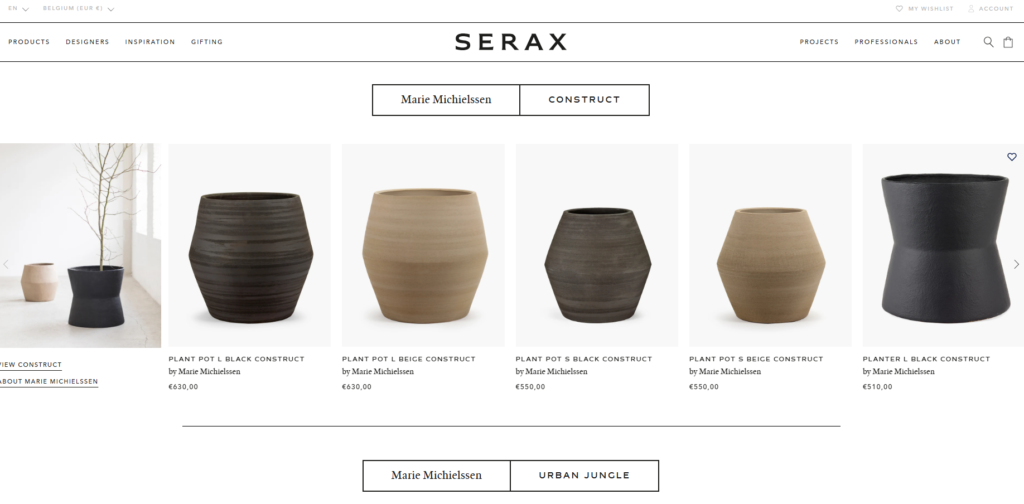
4. Tine K Home (Denmark)
Focused on minimalism, Tine K Home’s collections prominently feature stone gray and beige sand planters.
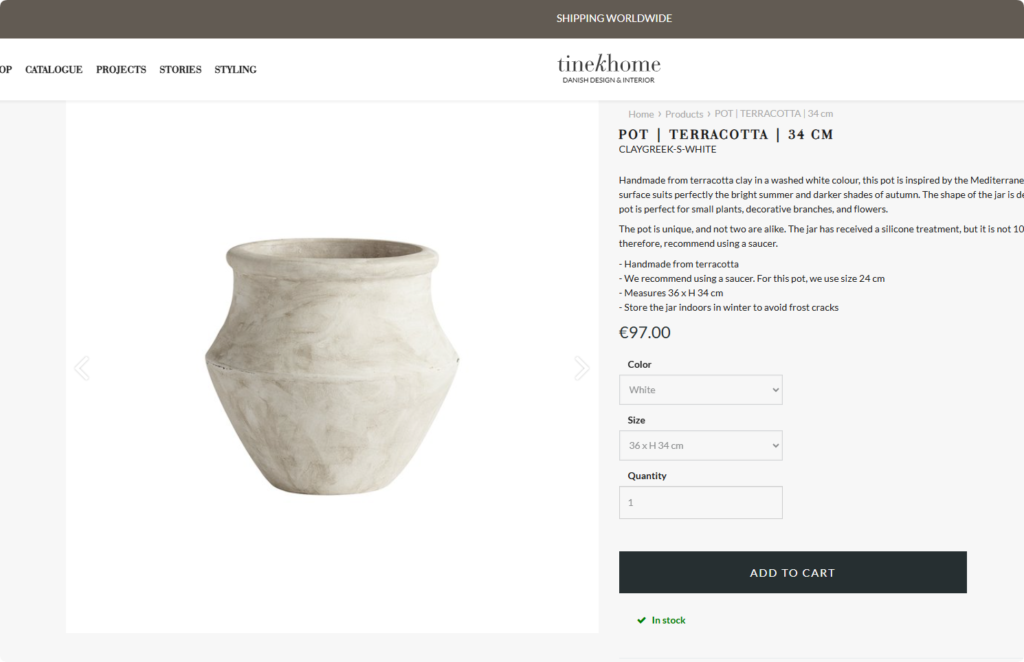
5. Artstone (Malaysia)
Artstone combines lightweight materials with earthy aesthetics, offering planters in muted olive green and stone gray.
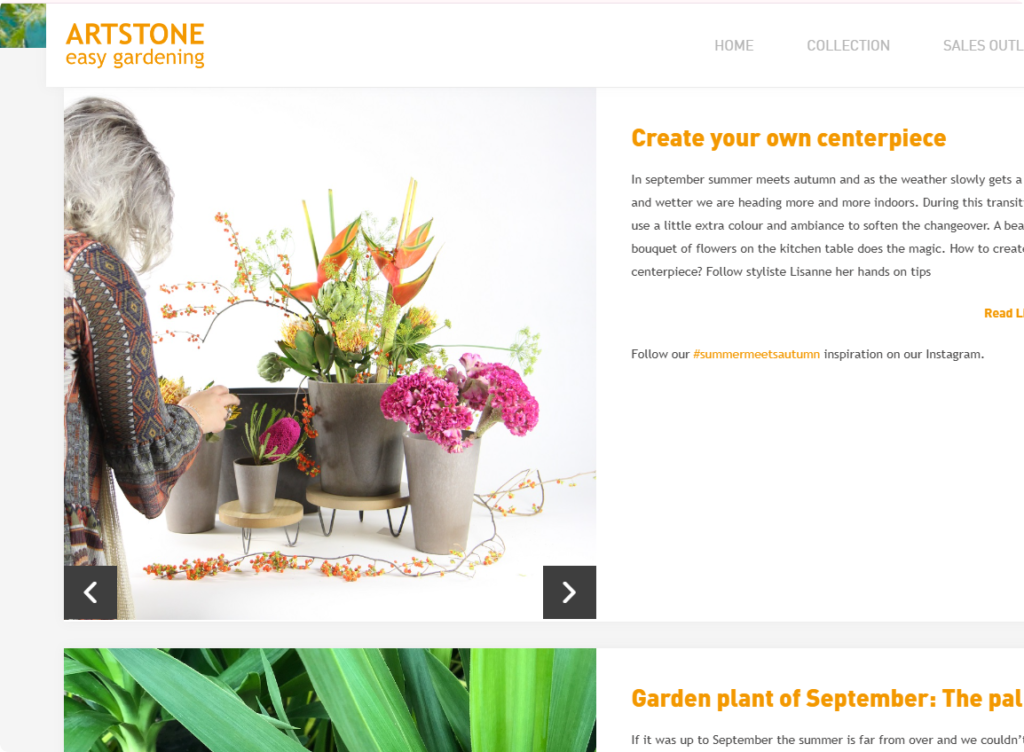
Incorporating Earthy Tones into Your Product Line
For wholesalers, retailers, and e-commerce businesses, including earthy-tone ceramic planters in your catalog is essential. These timeless hues appeal to diverse markets and offer:
- Cross-market adaptability, fitting both luxury and budget-friendly segments.
- Ease of merchandising, as they blend seamlessly with other product lines.
- Customization opportunities, such as engraved logos or hand-painted finishes.
FAQ
Q: What are the most popular shapes for earthy-tone planters?
A: Cylindrical, bowl-shaped, and pedestal planters are among the favorites due to their modern and versatile designs.
Q: How can I clean ceramic planters without damaging the finish?
A: Use a soft cloth with mild soap and water. Avoid abrasive materials to preserve the planter’s glaze or matte finish.
Q: Are earthy-tone planters suitable for outdoor use?
A: Yes, many ceramic planters with earthy tones are weather-resistant, but it’s important to check for frost-proof options for colder climates.
Q: Do certain plants pair better with specific earthy tones?
A: Absolutely! For example, succulents thrive aesthetically in terracotta, while orchids look stunning in beige sand planters.
Q: Can I order custom earthy-tone planters for my business?
A: At Hale, we specialize in OEM and ODM services. Contact us to customize planters that align with your brand’s needs.
Conclusion
As the global demand for natural aesthetics continues to grow, earthy tones in ceramic planters are more than a trend—they’re a movement. For businesses looking to cater to eco-conscious and style-savvy customers, this is the perfect opportunity to expand your offerings.
At Hale, we’re here to bring your vision to life. Whether it’s crafting bespoke designs or delivering high-quality ready-made planters, our expertise ensures your business stays ahead of the curve. Contact us today to start your journey toward timeless elegance!

